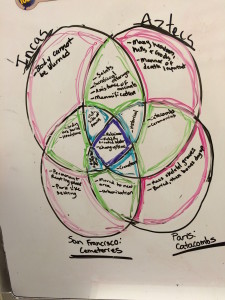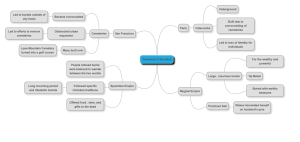If I could rewind time and go back to the days when the Middle East first was starting up and I had the opportunity to change the way the leaders ran the economical issue of water resources, I would. I would start by being sympathetic to the leaders for a better chance they would actually listen since they seem to be very straight forward and don’t care about what you have to say unless it is something that will help them develop to become better.
In the Middle East, aquifers are used very greatly in their economy. Aquifers are underground sources of water which have been formed over thousands or even millions of years: whilst they can be partially recharged by rainwater seeping into them, they are essentially non-renewable. Many other sources that would potentially help with the water scarcity, like drip-irrigation, are too expensive for more in poverty countries like Iraq or Syria. I believe that is countries like specifically, Syria were to manage their water resources more effectively then scarcity would not be as big of a problem that it is now.
Obviously, there’s no way of controlling climate and mother nature, besides global warming that is said to have a greatly big impact on the climate change, but there are ways to still manage to get by. The problem with Syria right now is that farmers are being put out of their business and going into poverty and creating riots of mass destruction in urban areas. However, if there could be a way to go back in time before the water scarcity, I would say let the farmers grow something a country, that is rich in water, is in need of and trade. However, there are bigger problems that can come into play such as political issues but I believe it would be a good start since the aquifers no longer can have a use since they run off of rainfall.
To really be able to get my point clear and understood I would ask for all past history of global warming rises in the specific areas of concern, Iraq and Syria, and see how they have risen over the years and try to see if there would be a way to predict the outcome of climate change. I would also ask for the amount of water being used for certain things. I know in Iraq, 80% is used for irrigation, but to be put into even smaller categories to help break it down more and try to conserve more water. Something else that could be helpful would be a break down of how the aquifers were made. If one knows how they were made, then maybe there could be a way to alter how water gets to them and a solution could be made from that. All of these pieces of information could most likely be found from the government of the specific areas since most of it is in mass numbers and some are private.

